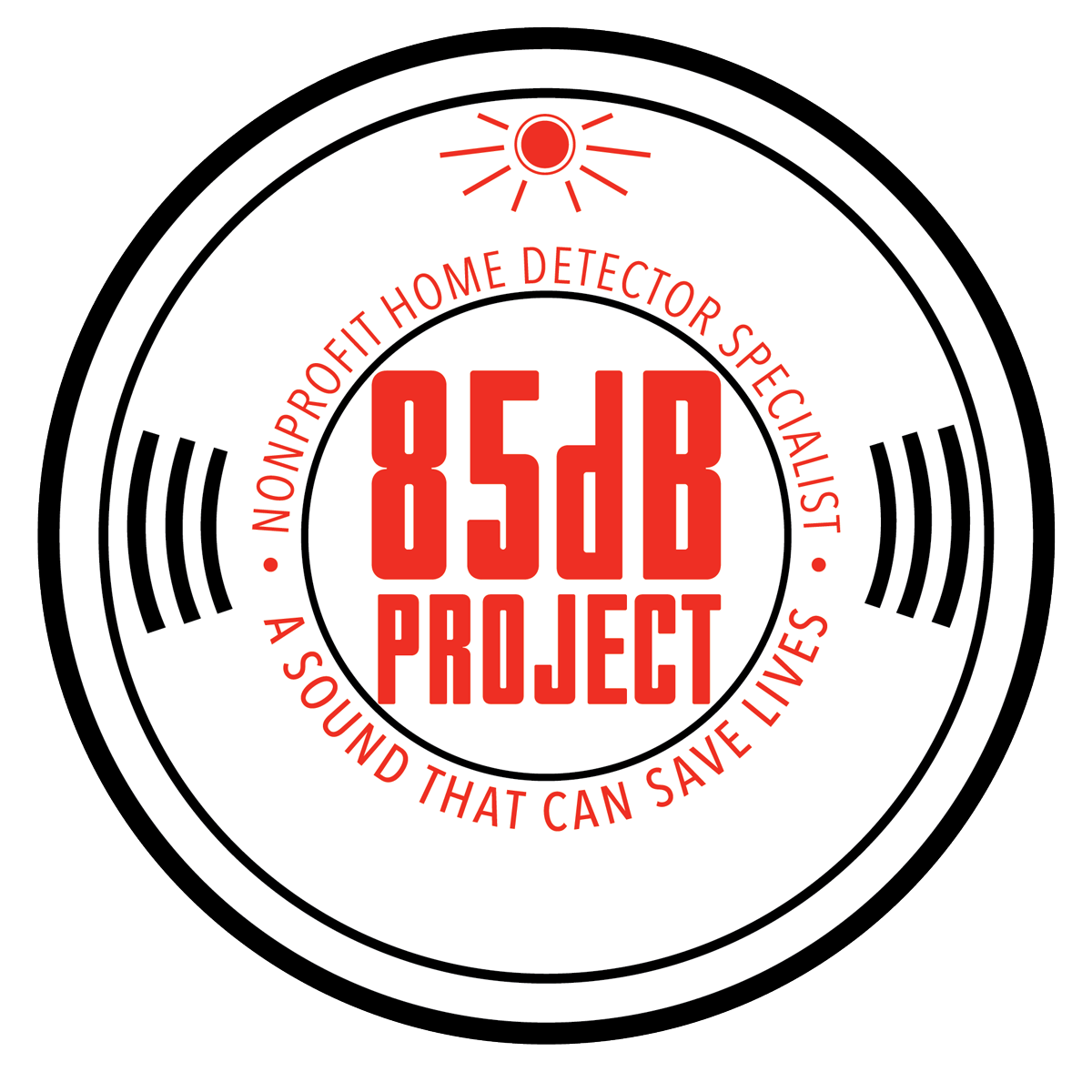Smoke alarms play a crucial role in safeguarding lives and property by providing early detection of fires. However, their effectiveness is heavily dependent on their proper placement within a home. Properly positioned smoke alarms can significantly reduce the risk of injury or death in the event of a fire. In this article, we will explore the importance of smoke alarm placement and provide a comprehensive guide to help individuals ensure their homes are adequately protected.
The Importance of Proper Placement:
Proper placement of smoke alarms is essential to maximize their efficiency in detecting smoke and issuing timely warnings. The National Fire Protection Association (NFPA) recommends installing smoke alarms in every bedroom, outside each sleeping area, and on every level of the home, including the basement. The goal is to create a comprehensive network of alarms that can detect smoke quickly, regardless of the fire’s location.
Guide to Proper Placement:
- In Bedrooms:
- Install smoke alarms inside each bedroom to ensure early detection in case a fire starts while occupants are asleep.
- If bedrooms have doors, place the alarm inside the room. If not, install it in the hallway just outside the bedroom.
- Outside Sleeping Areas:
- Place smoke alarms in the hallway leading to bedrooms to provide an early warning for those who are not in their rooms when a fire occurs.
- On Every Level:
- Install smoke alarms on every floor of the home, including basements and attics.
- If your home has multiple levels, position alarms near stairways to ensure coverage throughout the entire living space.
- Avoid Obstructions:
- Install smoke alarms away from windows, doors, and vents, as drafts can interfere with their operation.
- Keep alarms at least 10 feet away from cooking appliances to prevent false alarms.
- Ceiling or High on Walls:
- For optimal performance, mount smoke alarms on the ceiling or high on walls, as smoke tends to rise.
- Interconnected Alarms:
- If possible, use interconnected smoke alarms. When one alarm detects smoke, all alarms in the network will sound simultaneously, providing a more effective warning.
- Regular Maintenance:
- Test smoke alarms monthly to ensure they are functioning correctly.
- Replace batteries at least once a year or when the low battery warning chirps.
- Replace smoke alarms every 10 years, as their sensitivity may diminish over time.
Getting Help with Placement:
If you find it challenging to determine the ideal placement for smoke alarms in your home, consider seeking assistance from local fire departments or certified fire safety professionals. Many fire departments offer free home safety inspections and can provide personalized advice on the proper placement of smoke alarms based on your home’s layout and potential fire risks.
Conclusion:
Proper placement of smoke alarms is a critical aspect of home fire safety. By following the guidelines provided and seeking professional assistance if needed, individuals can ensure that their homes are adequately protected. Taking these proactive measures not only enhances the effectiveness of smoke alarms but also significantly increases the chances of early detection, providing valuable time for occupants to evacuate safely in the event of a fire. Remember, when it comes to fire safety, every precautionary step can make a life-saving difference.


